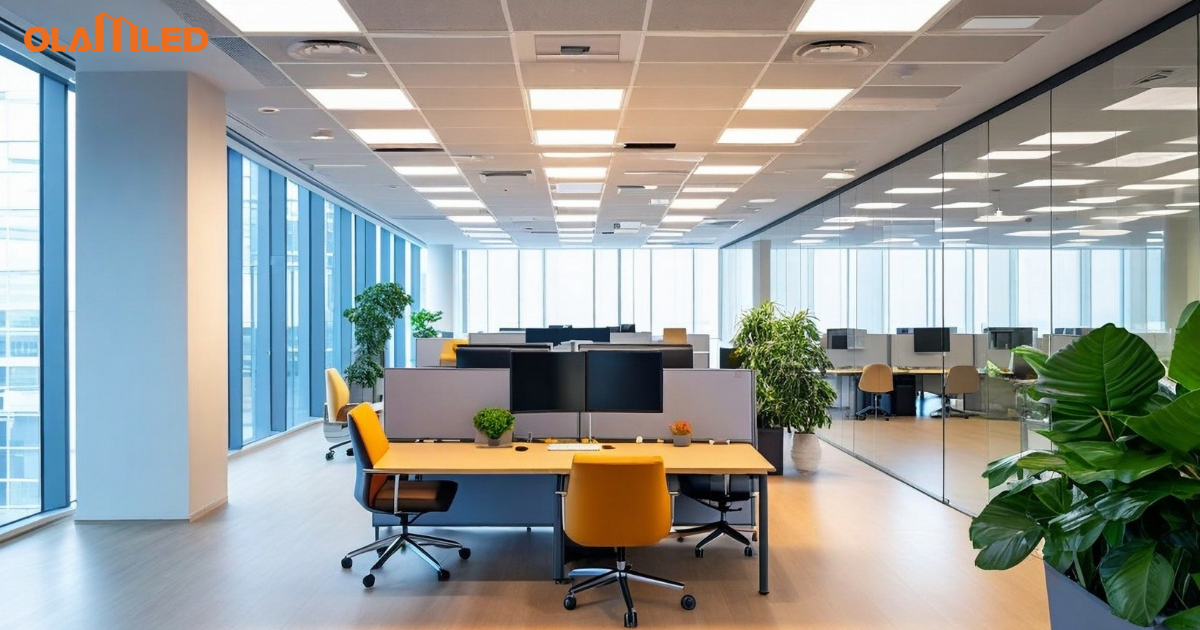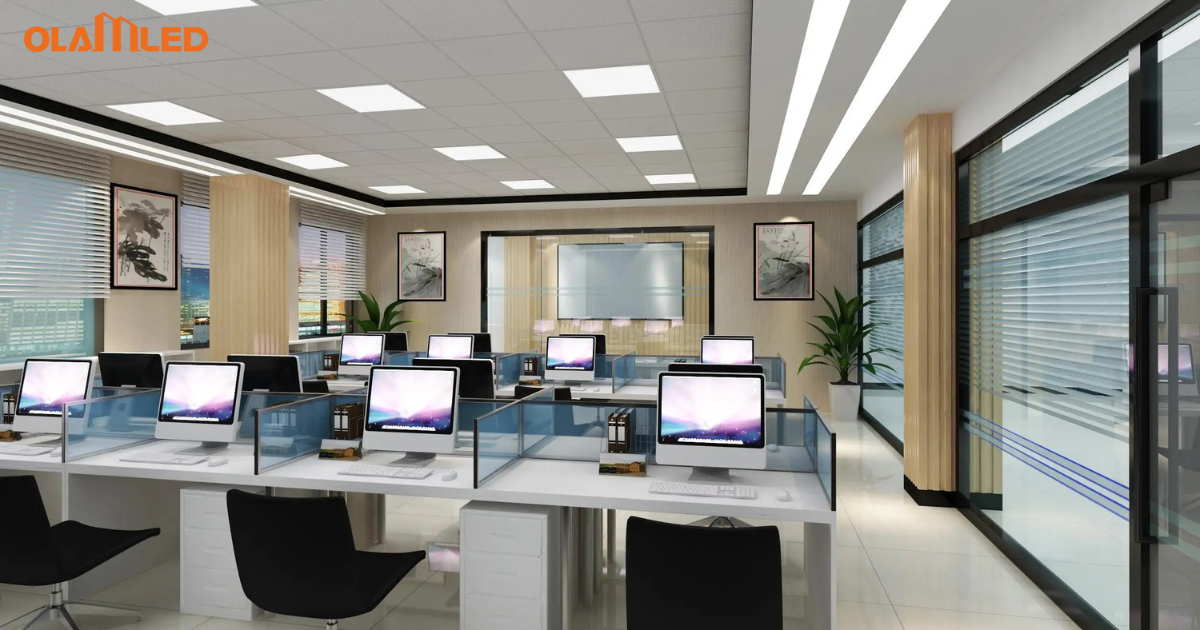Introduction
Are you looking for a comprehensive guide to IP ratings (or Ingress Protection ratings)? If so, you’ve come to the right place. IP ratings are one of the most important factors in determining the durability and safety of electronic devices or other systems that require protection against intrusions such as dust, water, or mechanical damage. With this guide, you can feel assured knowing that whatever your application needs, there’s an IP rating that will suit it perfectly. Read on to learn more about exactly what these ratings mean and how they can keep your systems safe!
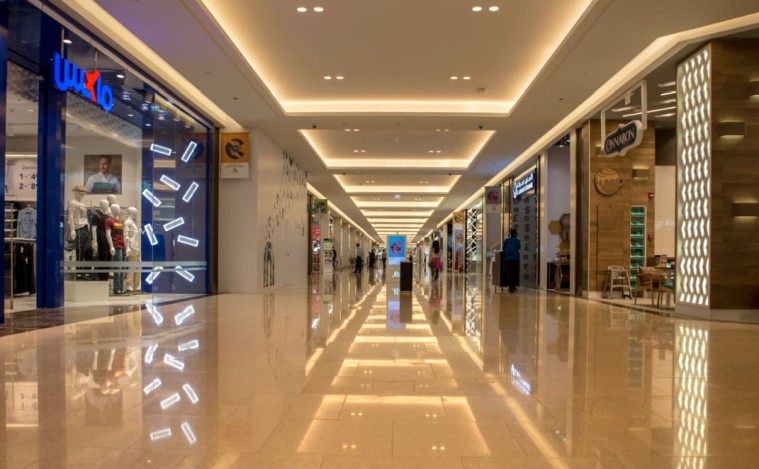
What Is IP Rating And What Do The Numbers Mean?
IP (Ingress Protection) ratings refer to a standard of measuring the level of protection electrical equipment such as enclosures provide against dust, water, and other foreign bodies. In addition, they also measure the level of protection against contact with the living and moving parts. IP ratings use two-digit numbers to provide this information. The numbers in an IP rating indicate the degree of protection offered by different levels.
For example, IP65 means that a device is protected from dust ingress, and is also safe when exposed to low-pressure jets or streams of water from any direction. By contrast, an IP44-rated device provides splash resistance against water but offers no complete protection against dust. Thus it’s important to consult and understand IP ratings before investing in electrical products to ensure they are adequately fitted with appropriate levels of protection for their purpose.

How Do You Determine Which IP Rating Your Device Needs?
To determine the appropriate IP rating for your device, you must first understand the environment it will be operating. In this way OLAMLED, you can determine the type of environmental conditions it may encounter, and therefore what level of protection is needed. Below are the general considerations to take into account when determining the IP rating your device needs:
1. Type Of Environment.
The type of environment it will be operating in (indoor/outdoor, clean or dirty, temperatures, etc.). Once you know the type of environment your device will be operating in, you can determine the specific elements it may encounter.
2. Potential Exposure To Water And Dust.
Second, the amount of water and/or dust the device will be exposed to. For example, in a wet or dusty environment, you would need a higher IP rating than if it were in a cleaner environment. Furthermore, you also need to consider the type of water or dust exposure — high-pressure jets, low-pressure streams, etc.
3. Live And Moving Parts.
The type of live or moving parts (such as motors) that the devices may be exposed to. A higher IP rating is necessary to ensure that the device is properly protected against electric shock or mechanical damage. Also, consider any other related risks.
4. Desired Level Of Protection.
Desired level of protection from intrusions such as dust and water. Depending on the application or environment, you may need a higher or lower IP rating to protect the device from potential damage.
5. Construction Quality.
The construction quality’s of the product itself. Higher-quality, well-constructed products may require a lower IP rating than cheaper, lower-quality products. By using better materials and construction techniques, products can be designed to offer a better level of protection.
6. Need For Additional Protection.
To ensure full protection for the device and its environment, additional enclosures or other safety systems may be necessary. With additional safety systems, you may be able to use a lower IP rating than if the device were left without them.
7. Cost Of Protection.
The cost associated with achieving a higher IP rating. Depending on the type of protection needed, there may be additional costs associated with achieving a higher IP rating. For instance, thicker enclosures will require more materials, additional protective systems may be necessary, and so on.
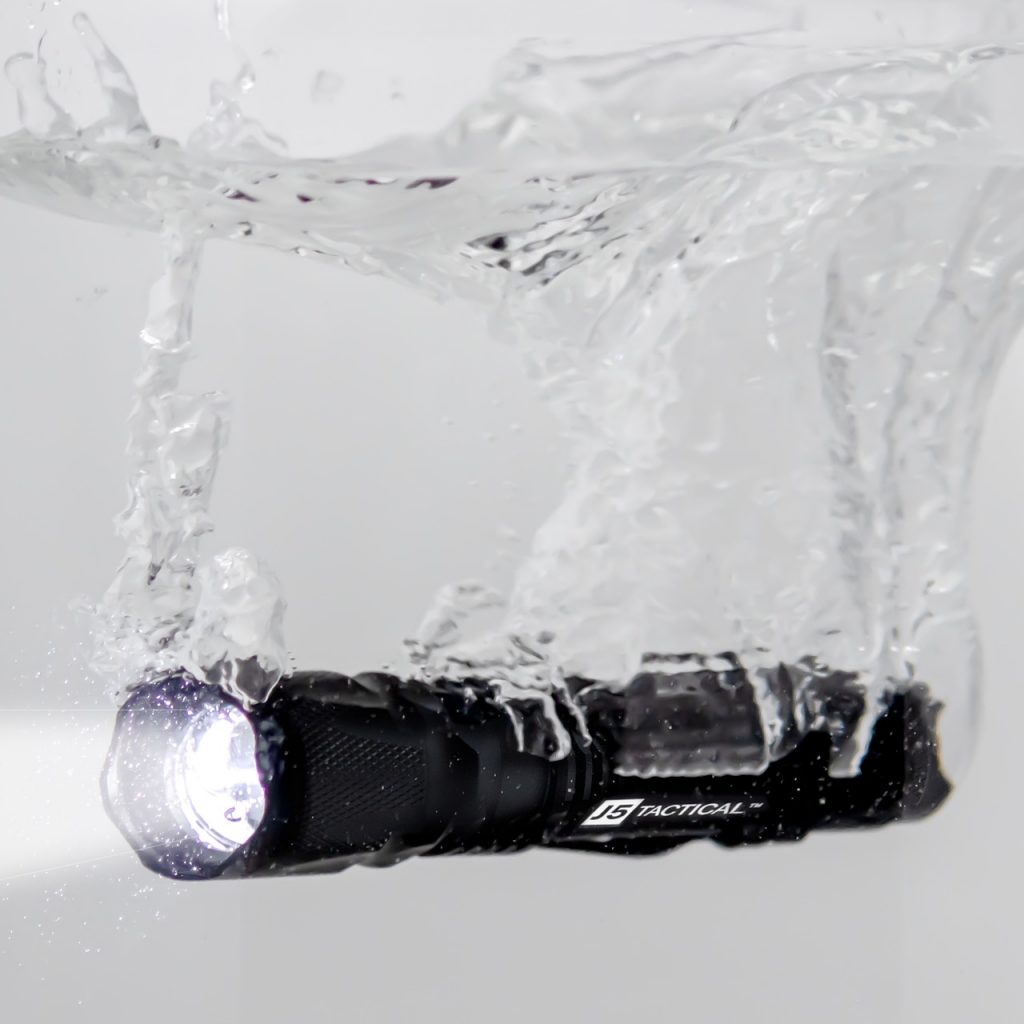
What Are The Different Types Of Protection Offered By IP Ratings?
Different types of protection are offered depending on the IP rating, which corresponds to specific environmental elements that a device may be exposed to. Let’s take look at the most common IP ratings and their associated levels of protection.
1. IPX0 (Or No Rating):
No protection against foreign objects or liquids. This rating is typically used for devices that are not designed to be exposed to any external elements, such as those found within an enclosure. The best protection is achieved by enclosing the device in a suitable enclosure.
2. IPX1:
It’s protection against dripping water. Appropriate for devices situated in areas with little contact with water, such as a kitchen or restroom, this rating is a perfect choice. On the other hand, this rating will not protect against heavy splashing or submersion.
3. IPX2:
When more protection is necessary, IPX2 offers a higher level of protection against dripping water. With this rating, you’ll have protection from water jets like those coming out of a showerhead with some level of assurance.
4. IPX3:
One of the most commonly used IP ratings; this offers protection from water sprayed on the device at any angle. With the help of a suitable enclosure, this rating is perfect for protecting devices in areas with frequent splashes.
5. IPX4:
By increasing the amount of pressure and water, you’ll require a rating like IPX4 to protect from splashes in all directions. Outdoor features like fountains and showers are prone to this issue.
6. IPX5:
To protect against low-pressure water jets, you’ll need a rating such as IPX5. Perfect for the outdoors or any situation where your device may come into contact with moisture, this protective shield is designed to protect against splashes and rain from every angle.
7. IPX6:
One of our higher rated IP ratings; this offers protection against powerful jets of water. This rating is suitable for environments where your device may be exposed to high-pressure water or water jets, such as power washing.
8. IPX7:
For full protection against water submersion, you’ll need an IPX7 rating. With this level of protection, the device can be submerged in up to 1 meter of water for up to 30 minutes, making it perfect for situations with extended exposure to water.
9. IPX8:
Finally it comes to IPX8, our highest rating. This product provides unparalleled defense against water submersion and is designed for high-pressure settings such as deep sea exploration.
Some our product like IP67 and IP68 are also used in some cases. No matter what the environment, there’s an IP rating to provide the protection you need for your device.
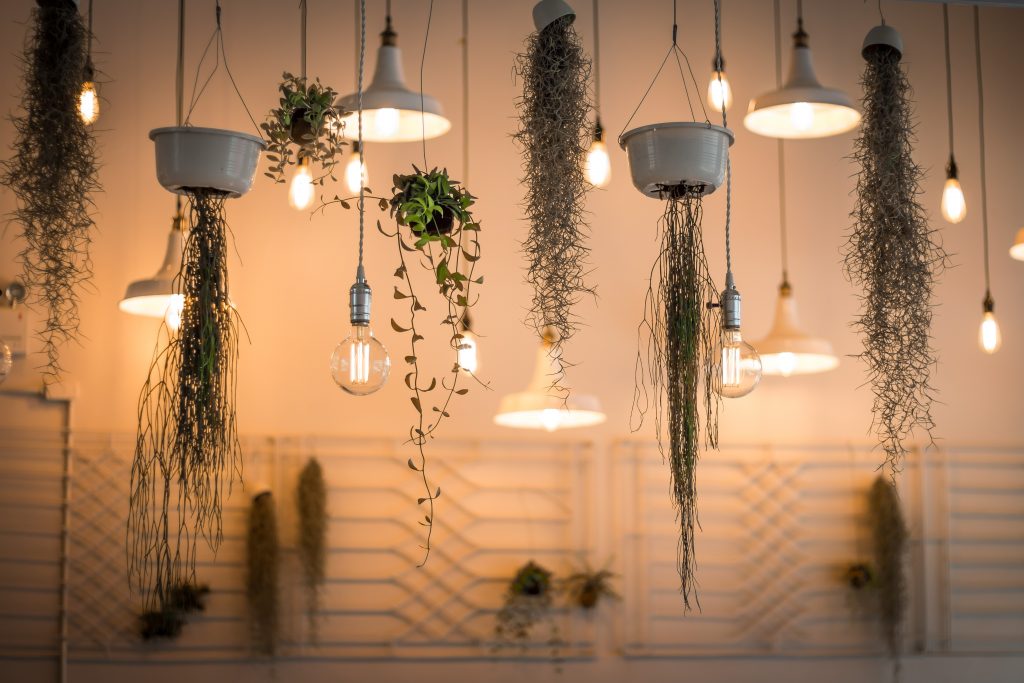
What Should You Consider When Purchasing Products With An IP Rating?
The type of product you are purchasing and the environment it will be used in should always be considered when selecting a product with an IP rating. Here are a few things to consider:
1. Environment Of Use.
The environment in which the product will be used should always be considered. Will the device be exposed to water and dust? Are there high temperatures and humidity present? All of these factors should be taken into account.
2. Quality Of Construction.
Higher-quality, well-constructed products may require a lower IP rating than cheaper, lower-quality products. By investing in a product with a higher-quality build, you may be able to achieve a lower IP rating and achieve better protection.
3. Accessibility Of Components.
The accessibility of internal components should be taken into consideration when selecting a product with an IP rating. If the device is designed to be serviceable, additional protection may be required to achieve a higher IP rating.
4. Short-Term And Long-Term Usage Requirements.
Different environmental conditions may require a different level of protection. Short-term usage in damp climates may only require an IPX2 rating, whereas long-term usage in extreme temperatures may require an IPX6 rating.
5. Materials Used.
When selecting a product with an IP rating, the materials used in its construction should also be taken into consideration. Many different materials provide varying levels of protection against dust and water ingress.
6. Sealing Requirements.
The sealing of the device plays a major role in achieving a higher IP rating, as it is necessary to ensure that no dust or water can penetrate the device. If a device is not correctly sealed, then it could lead to moisture and dust entering the internal components, causing corrosion or other types of damage.
7. Cost Of The Product.
The cost of a device with an IP rating should also be considered. By investing in a higher-quality, well-constructed product, you may be able to achieve a lower IP rating and better protection at a lower cost.
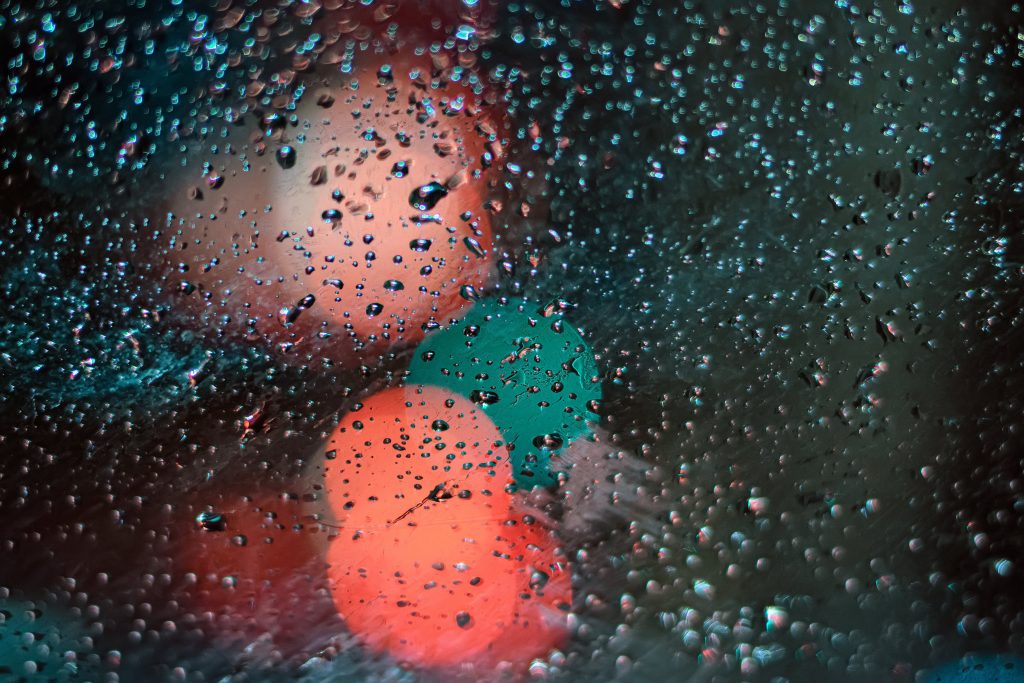
Top Tips For Protecting Your Devices From Water Damage!
When it comes to protecting your devices from water damage, there are a few simple steps you can take to help ensure their safety. Here are our top tips:
1. Use A Product With An Appropriate IP Rating:
Investing in a product with the correct IP rating is critical for ensuring that your device remains safe from moisture, dust and any other environmental factors. By doing so, you can be confident knowing that your device will remain protected no matter what environment it’s exposed to.
2. Ensure Proper Sealing Of The Device:
By ensuring that all seals are properly installed, you can prevent water and dust from entering the internal components of your device.
3. Invest In A Protective Case:
Protective cases are a great way to provide additional protection against water damage. Many cases come with an IP rating, so make sure you select the correct case for your device.
4. Regularly Inspect The Device:
Regular inspections of the device can help to identify any potential issues before they become a problem. If any damage is noticed, immediate action should be taken to address the issue and prevent further damage from occurring.
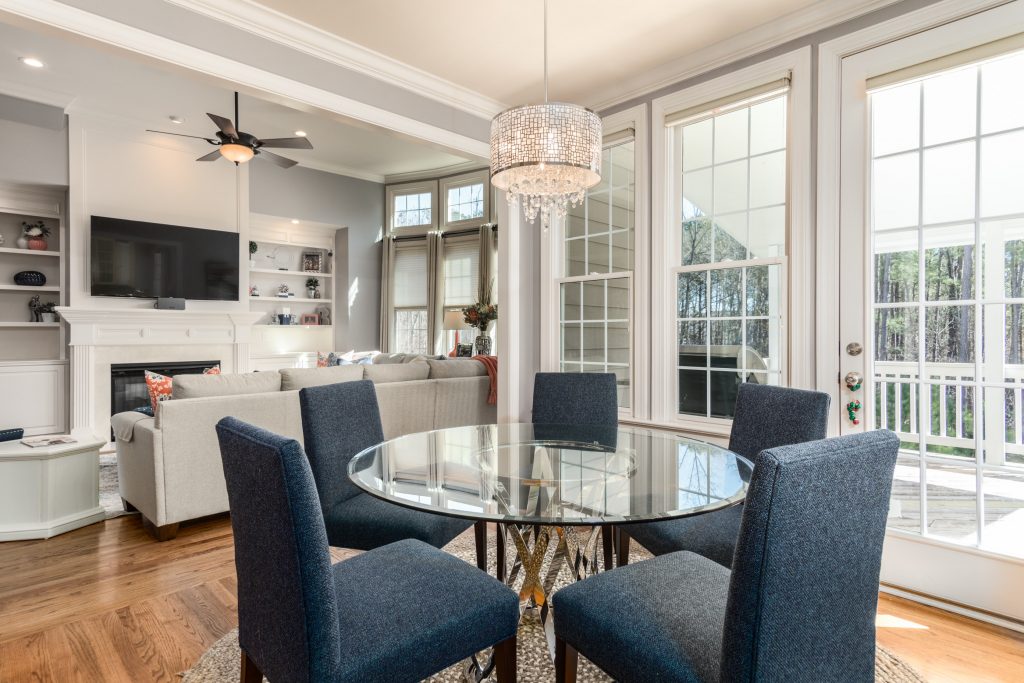
Conclusion
IP ratings are important when it comes to choosing the right LED lights for your application. By understanding what each rating means, you can make sure you’re choosing a light that will stand up to the elements and keep your property well-lit. To learn more about IP ratings and how they apply to LED lighting, contact OLAMLED today. We’ll be happy to help you choose the perfect light for your needs.

